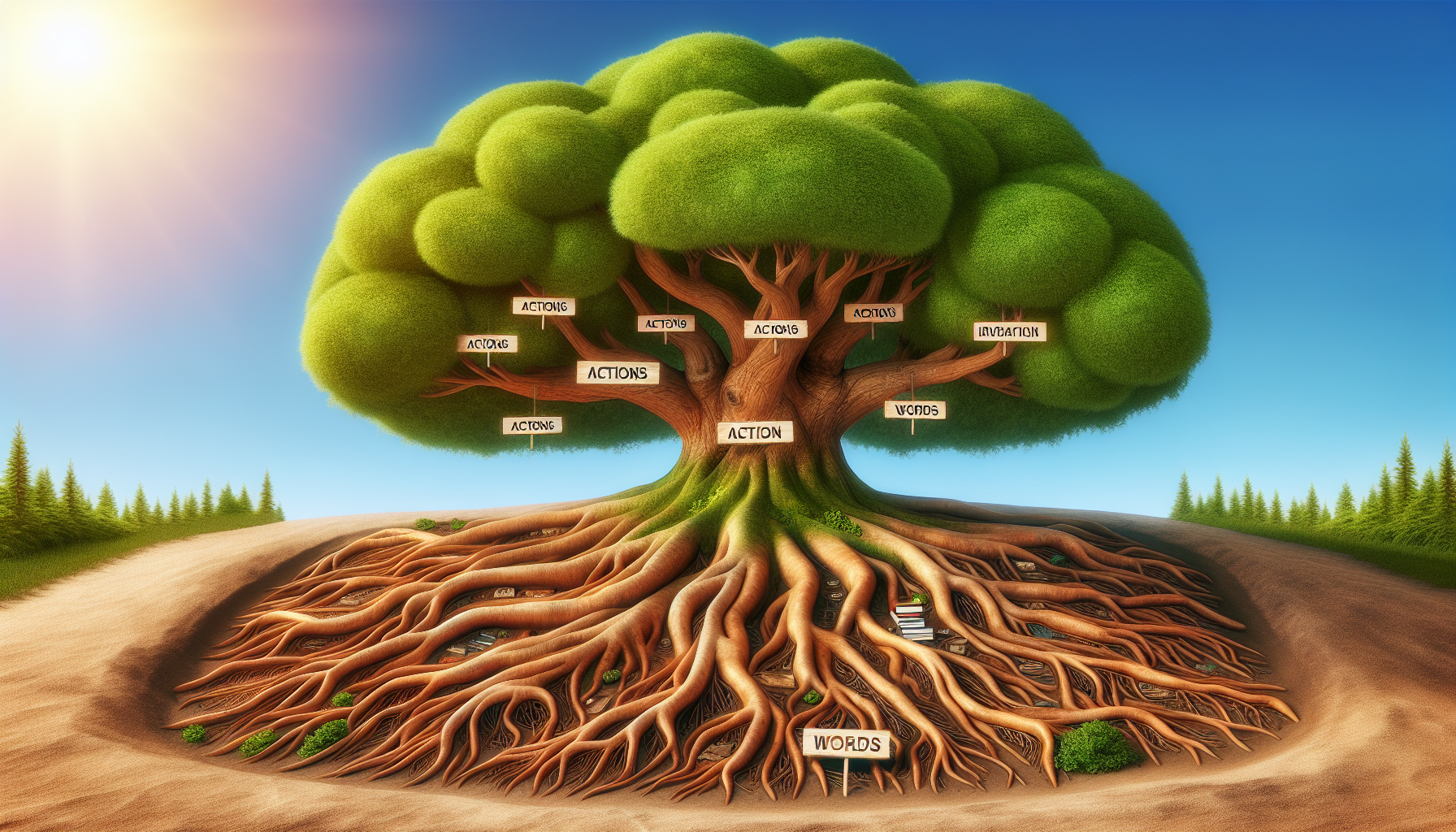The Future of Conservation Jobs in a Tech-Driven Era

Technology is revolutionizing conservation efforts, offering tools that enhance data collection, analysis, and decision-making. Drones, artificial intelligence (AI), and machine learning are some of the most prominent advancements driving this transformation.
Drones: Eyes in the Sky
Drones have become indispensable in conservation efforts, particularly for surveying large, remote, or inaccessible areas. Wildlife biologists can now monitor endangered species, track migration patterns, and assess habitat changes with unprecedented efficiency. For example, drones equipped with thermal imaging cameras have been used to locate elusive animals like snow leopards in harsh terrains, providing insights that would have been impossible to gather through traditional field surveys. Drones are also playing a crucial role in combating deforestation. By capturing real-time aerial imagery, conservationists can monitor illegal logging activities and track forest loss with precision. This technology allows for rapid responses, ensuring that ecosystems can be protected more effectively.
Artificial Intelligence and Machine Learning
AI and machine learning are revolutionizing how data is processed and analyzed. These technologies are particularly valuable for analyzing the vast quantities of data collected through camera traps, satellite imagery, and remote sensors. For instance, AI-powered image recognition software can identify species from camera trap footage in a fraction of the time it would take a human researcher. This not only saves countless hours of manual labor but also increases the accuracy of biodiversity assessments. AI is also being used for predictive modeling, allowing scientists to forecast the impacts of climate change on ecosystems and species populations. By simulating various scenarios, conservationists can develop proactive strategies to mitigate threats and protect biodiversity. However, while these technologies have immense potential, they require skilled professionals to interpret the data, integrate findings into actionable conservation plans, and ensure ethical applications. This intersection of technology and ecology is reshaping the job market, creating a demand for wildlife biologists with tech-savvy expertise.
Emerging Skills for Wildlife Biologists
As conservation becomes increasingly tech-driven, the skills required for success are evolving. Traditional expertise in species behavior, habitat analysis, and ecosystem dynamics remains fundamental, but additional competencies are now critical for staying competitive in the job market.
1. Data Analysis and Visualization
The ability to interpret large datasets from tools like Geographic Information Systems (GIS), remote sensors, and AI models is becoming indispensable. Wildlife biologists must be proficient in statistical software and data visualization platforms like R, Python, and Tableau. These tools allow conservationists to uncover patterns, communicate findings, and make data-driven decisions more effectively.
2. Drone Operation and Certification
As drones become standard tools for monitoring and mapping, certifications in drone operation have emerged as a valuable asset. Wildlife biologists who can pilot drones, capture high-quality data, and analyze aerial imagery are in high demand for conservation projects worldwide.
3. Interdisciplinary Collaboration
Conservationists increasingly work alongside engineers, software developers, and policymakers to implement solutions. Strong communication and teamwork skills are vital for bridging the gap between ecological science and technological innovation. For example, a wildlife biologist might collaborate with a software developer to create an app that tracks poaching activity or with urban planners to design wildlife corridors in metropolitan areas.
4. Ethical and Social Awareness
As powerful technologies are deployed, ethical considerations are becoming more prominent. Issues such as data privacy, indigenous rights, and environmental justice require conservationists to navigate complex socio-political landscapes with cultural sensitivity and integrity. Protecting ecosystems often goes hand-in-hand with advocating for vulnerable human communities, emphasizing the need for a holistic approach to conservation.
New Career Opportunities in Conservation
The tech-driven era is not only redefining the skills required for conservation jobs but also expanding the scope of career opportunities. Employers are seeking wildlife biologists for roles that extend far beyond traditional research and fieldwork.
Climate Adaptation Planning
With ecosystems undergoing rapid changes due to climate change, governments and NGOs are hiring experts to design climate-resilient habitats and support species migration. These roles involve using predictive modeling and ecological data to ensure that both flora and fauna can adapt to shifting environmental conditions.
Urban Conservation
As urbanization accelerates, cities are becoming hotspots for conservation efforts. Urban planners are integrating green infrastructure, wildlife corridors, and sustainable design into their projects, creating opportunities for wildlife biologists to ensure biodiversity in metropolitan environments.
Corporate Sustainability
More companies are recognizing the importance of biodiversity in their supply chains and operations. Wildlife biologists are increasingly being hired to assess environmental impacts, develop sustainability strategies, and promote corporate responsibility. For example, a biologist might work with a coffee company to ensure its farming practices protect pollinators and local ecosystems.
Renewable Energy Development
The expansion of renewable energy projects, such as wind and solar farms, presents new challenges and opportunities for conservationists. Wildlife biologists are needed to conduct ecological assessments, identify potential risks to local wildlife, and guide the development of sustainable energy projects.
Challenges and the Human Element
While technology offers incredible opportunities, it also introduces challenges. One major concern is the potential over-reliance on data and automation. AI and machine learning, for instance, cannot yet replicate the intuition, judgment, and contextual understanding that experienced wildlife biologists bring to the table. Furthermore, conservation is as much about people as it is about ecosystems. Engaging local communities, advocating for policy changes, and addressing socio-economic drivers of environmental degradation require empathy, cultural awareness, and interpersonal skills. For example, a successful anti-poaching initiative often involves collaborating with local communities to provide alternative livelihoods, demonstrating the importance of the human element in conservation efforts.
The future of conservation jobs lies at the intersection of technology and ecology. As tools like drones, AI, and data analytics transform the field, wildlife biologists must adapt by acquiring new technical skills while maintaining their core ecological expertise. These advancements are not only creating more efficient ways to protect biodiversity but are also expanding career opportunities into new sectors like urban planning, corporate sustainability, and renewable energy. However, technology alone cannot save our planet. The human element—grounded in ethical decision-making, cultural awareness, and a deep connection to nature—remains irreplaceable. As we move into 2025 and beyond, conservationists who can strike a balance between innovation and empathy will be the ones who lead the charge in protecting the intricate web of life that sustains us all. The tech-driven era holds immense promise, but it is the passion and dedication of human conservationists that will ultimately secure the future of our planet.
Geospatial Conservation Analyst
Conservation NGOs (e.g., World Wildlife Fund, The Nature Conservancy), governmental agencies (e.g., U.S. Fish and Wildlife Service), and environmental consulting firms
Responsibilities
Use Geographic Information Systems (GIS) to map wildlife habitats, track migration patterns, and monitor environmental changes.
Collaborate with ecologists to interpret spatial data for conservation planning.
Required Skills
Expertise in GIS software like ArcGIS or QGIS, proficiency in remote sensing, and data visualization tools such as Python or Tableau.
Strong analytical and problem-solving skills.
Wildlife AI Data Specialist
Conservation technology startups, research institutions, and wildlife monitoring organizations (e.g., Conservation International, Wildlife Conservation Society)
Responsibilities
Develop and implement machine learning models to process data from camera traps, drones, or satellite imagery.
Use AI to identify species, detect poaching activity, and predict ecological trends.
Required Skills
Proficiency in AI frameworks (e.g., TensorFlow, PyTorch), experience in processing large datasets, and knowledge of coding languages such as Python or R.
Background in biodiversity or ecology is a plus.
Urban Wildlife Conservation Planner
Municipal governments, urban planning firms, and environmental design organizations (e.g., Urban Green Council, EcoAdapt)
Responsibilities
Design and implement urban biodiversity initiatives, such as green infrastructure, wildlife corridors, and rooftop ecosystems.
Work with city planners and policymakers to integrate conservation strategies into urban development.
Required Skills
Strong understanding of urban ecology, expertise in sustainable design principles, and experience in stakeholder engagement and interdisciplinary collaboration.
Renewable Energy Ecologist
Renewable energy companies (e.g., NextEra Energy, Ørsted), consulting firms, and government agencies overseeing energy development
Responsibilities
Conduct environmental impact assessments for renewable energy projects (e.g., wind farms, solar installations).
Develop strategies to mitigate risks to wildlife and ecosystems during project planning and implementation.
Required Skills
Background in ecology or environmental science, experience with regulatory compliance and environmental policy, and strong analytical skills.
Familiarity with renewable energy systems is a bonus.
Climate Resilience Specialist
International organizations (e.g., United Nations Environment Programme, IUCN), environmental consulting firms, and conservation-focused think tanks
Responsibilities
Use predictive models and ecological data to design climate-resilient habitats and migration corridors.
Work with NGOs and governments to implement adaptive strategies for species and ecosystems facing climate change threats.
Required Skills
Proficiency in climate modeling, GIS, and statistical tools, as well as expertise in ecosystem management and conservation biology.
Strong project management and policy advocacy skills.


